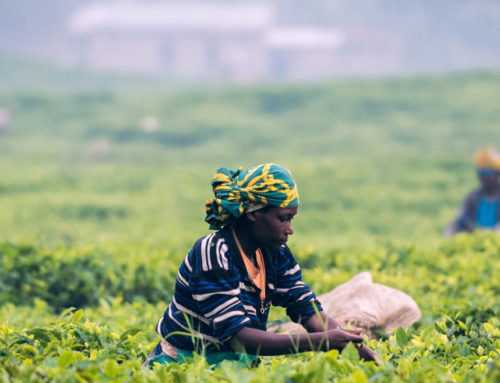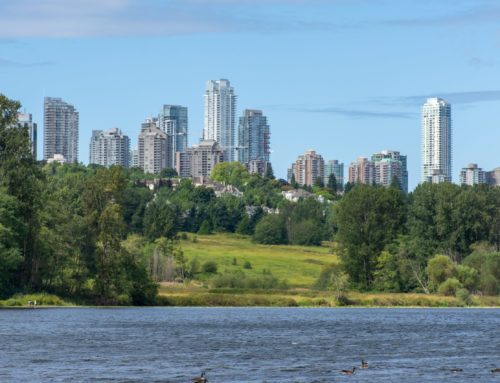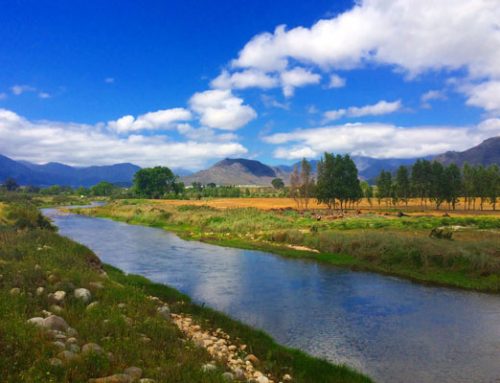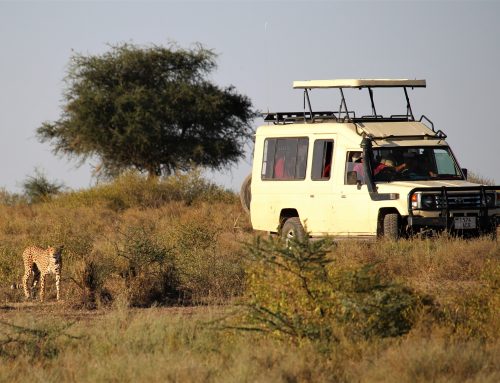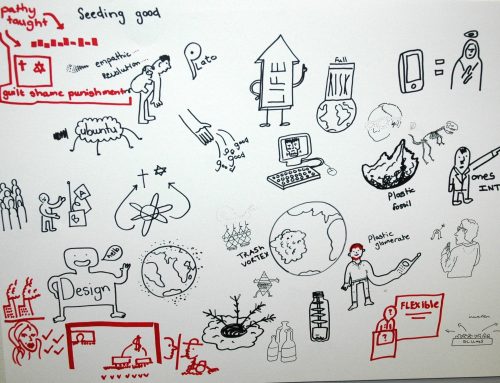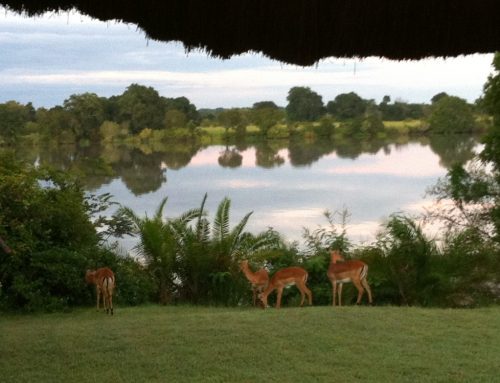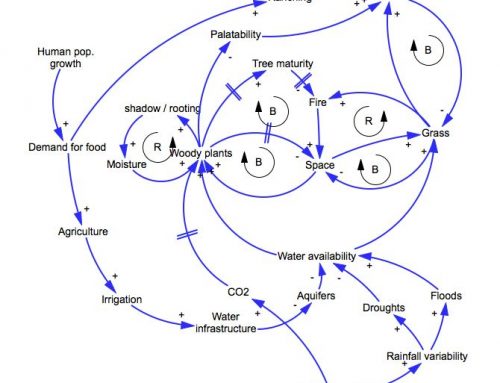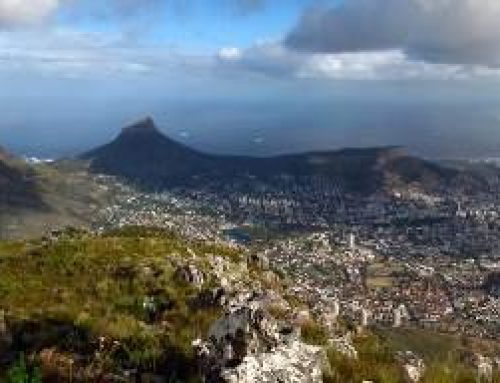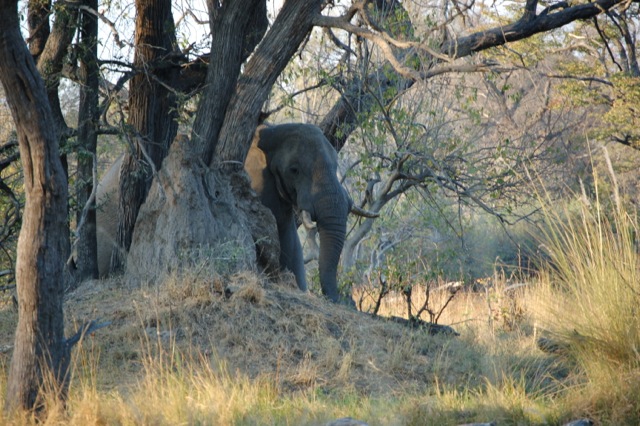
Project lead: Prof Graeme Cumming
Who’s involved?: Graeme Cumming, Alta de Vos, Kristi Maciejewski, Julia Baum, Christine Moore, Dominic Henry, Chevonne Reynolds, John Heydinger, Hayley Clements
Project description: This research programme focuses on the concept of spatial resilience. This body of theory recognizes that spatial variation (e.g., context, gradients, connectivity, network membership, and spatial feedbacks) changes how complex systems adapt, maintain or return to a desired state, and ultimately persist. My students and I combine tools from complexity theory and other disciplines to explore the spatial resilience of social-ecological systems (SESs). As a case study, we have recently started to work on a comparative analysis of protected areas – both private and public – in southern Africa.
Protected areas represent one of our society’s most favoured strategies for achieving conservation goals. Given their widely assumed importance for conservation, and the many case studies that have focused on individual reserves, there has been surprisingly little comparative work on protected areas. For instance, little is known about the long-term dynamics of most protected areas; patterns in their creation and collapse are poorly understood; and their overall contributions to biodiversity conservation, particularly within the private sector, remain unclear.
People from within a society create and manage protected areas in order to provide ecosystem goods and services (whether aesthetic, cultural, economic, or other) to society. Social goals influence management activities; and in turn, management successes or failures influence both ecosystem service provision and societal attitudes. For example, demand for game viewing drives the stocking of large animals in small southern African protected areas; die-offs of elephants in times of drought have resulted in the creation of artificial watering points in many protected areas, with negative impacts (via elephant activities) on baobab trees and other ecosystem components; and societal values and preferences, such as a dislike of fire and burned areas, may drive supposedly scientific ecological management plans. Protected areas are thus best described as linked social-ecological systems, rather than the pristine fortresses of popular belief.
In recent times, South Africa has seen the rise of an intriguing phenomenon: the private nature reserve. The area of land in private nature reserves (both individually and community-owned) is estimated at nearly twice that in public nature reserves. The rise and fall of private protected areas, and their overall contributions to the national biodiversity estate, are, however, largely undocumented and poorly understood. Can we rely on private nature reserves to support biodiversity conservation over time frames of 50-100 years? Can we predict where they will be successful and where they will go out of business? How do they contribute to both social and ecological elements of conservation goals and strategies? And how resilient will they be, in an uncertain future, to the winds of social, economic, and ecological change?
The answers to these questions depend heavily on spatial patterns and relationships: where reserves occur along biophysical and socioeconomic gradients, how their location relates to infrastructure, and how – or whether – membership in networks of such things as animal exchanges, transactions, and information processing influences their long-term viability. We are thus adopting a comparative, spatially explicit, and network-based approach to analysing and understanding the dynamics that drive pattern-process relationships relating to private protected areas.
We are grateful for the generous funding support for this programme that we have received from the James McDonnell Foundation’s Complex Systems Program and the National Research Foundation of South Africa, as well as for the assistance of SANParks and numerous private nature reserve owners and managers. Although the programme is still in an early phase, we are entering a fast-growing and intellectually exciting phase at present. If you are interested in getting involved, either as a stakeholder or as a student, you are welcome to get in touch with the programme coordinator, Prof. Graeme Cumming.
More information:
www.fitzpatrick.uct.ac.za/gcumming/protected_area_networks.htm
www.jsmf.org/grants/2012020/


